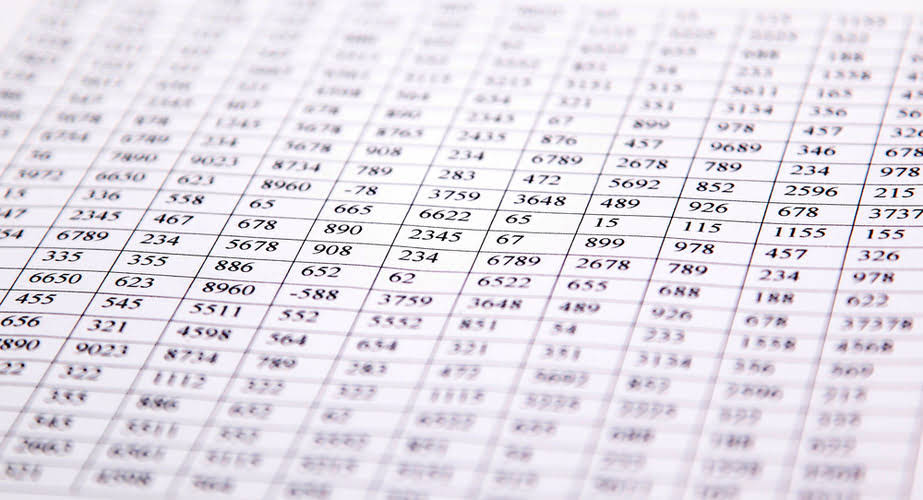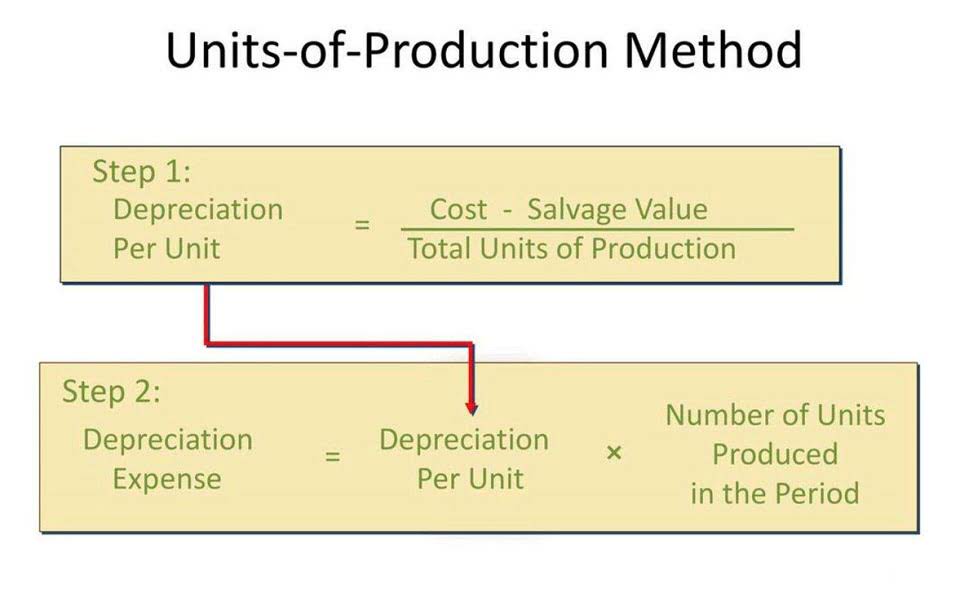
Since they’re not written agreements, the terms can be changed on the agreement between the vendor and the business entity. Many of us get confused about why there is a need to record notes payable. Some people argue that notes payable can be adjusted under the head of account payables. If the borrower decides to pay the loan before the due date of the note payable, the computation of interest will not be done for the pre-decided period.

Non Interest Bearing Note Payable on the Balance Sheet
Instead, the interest expense will be calculated for an exact period until notes payable journal entry the loan was paid. In the example discussed above, the loan of $20,000 was taken from the bank. Whereas a subsequent liability arising will be recorded on the credit side.
- On a company’s balance sheet, the long term-notes appear in long-term liabilities section.
- The impact of promissory notes or notes payable appears in the company’s financial statements.
- Difference from the above journal entry, there is no accrued interest recorded here as we directly debit the interest expense account when we make the interest payment.
- The interest-only type requires borrowers to pay only the applicable interest every month with an assurance of the repayment of the entire principal amount at the end of the loan tenure.
- The issuance of bonds payable involves recording the amount received from investors in exchange for the company’s promise to pay periodic interest and repay the principal at maturity.
- For example, a company will have a Cash account in which every transaction involving cash is recorded.
Notes Payable on a Balance Sheet
- The short-term notes are reported as current liabilities and their presence in balance sheet impacts the liquidity position of the business.
- This method results in a varying amount of premium or discount amortization each period.
- The notes payable is legally binding and signed by both parties, which need to stick to the points mentioned.
- School boards approve the noteissuances, with repayments of principal and interest typically metwithin a few months.
To illustrate, let’s revisit Sierra Sports’ purchase of soccerequipment on August 1. Sierra Sports purchased $12,000 of soccerequipment from a supplier on credit. Let’s assume that Sierra Sports was unableto make the payment due within 30 days. On August 31, the supplierrenegotiates terms with Sierra and converts the accounts payableinto a written note, requiring full payment in two months,beginning September 1. Interest is now included as part of thepayment terms at an annual rate of 10%. The conversion entry froman account payable to a Short-Term Note Payable in Sierra’s Accounting Periods and Methods journalis shown.
Accounting Journal Entries for Installment Loans

Journal entries are the first step in the accounting cycle and are used to record all business transactions and events in the accounting system. As business events occur throughout the accounting period, journal entries are recorded in the general journal to show how the event changed in the accounting equation. For example, when the company spends cash to purchase a new vehicle, the cash account is decreased or credited and the vehicle account is increased or debited.
4 Prepare Journal Entries to Record Short-Term Notes Payable

By contrast, accounts payable is a company’s accumulated owed payments to suppliers/vendors for products or services already received (i.e. an invoice was processed). Discount amortization transfers the discount to interest expense over the life of the loan. This means that https://www.bookstime.com/articles/what-does-it-mean-to-be-paid-in-arrears the $1,000 discount should be recorded as interest expense by debiting Interest Expense and crediting Discount on Note Payable. In this way, the $10,000 paid at maturity (credit to Cash) will be entirely offset with a $10,000 reduction in the Note Payable account (debit). Observe that the $1,000 difference is initially recorded as a discount on note payable.
